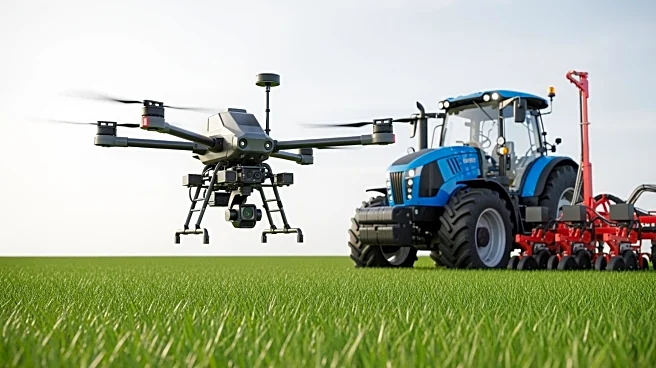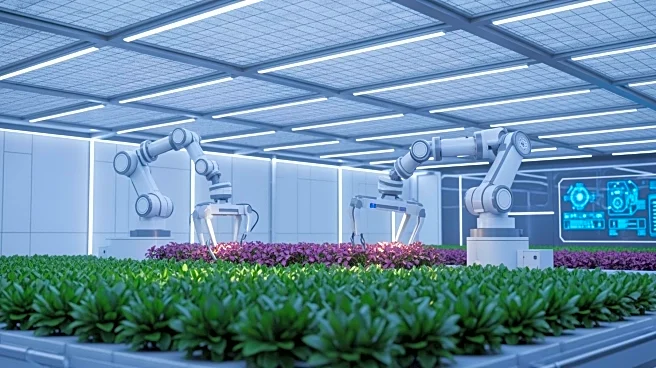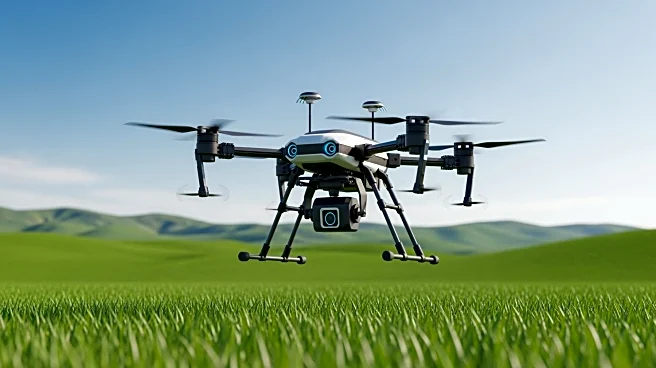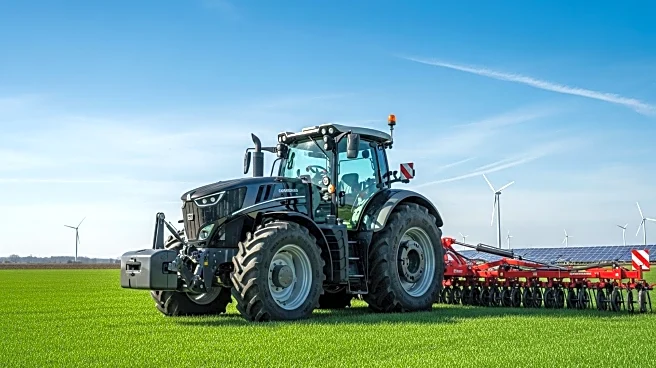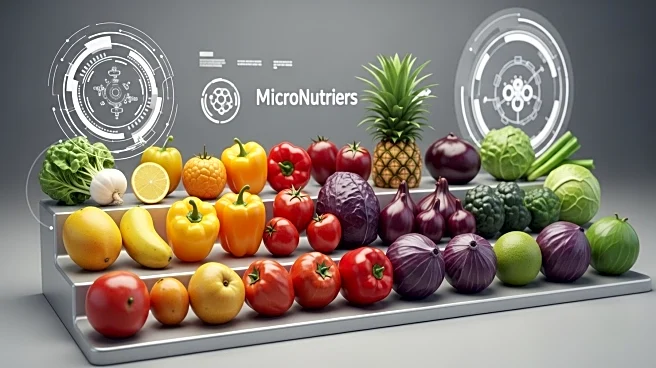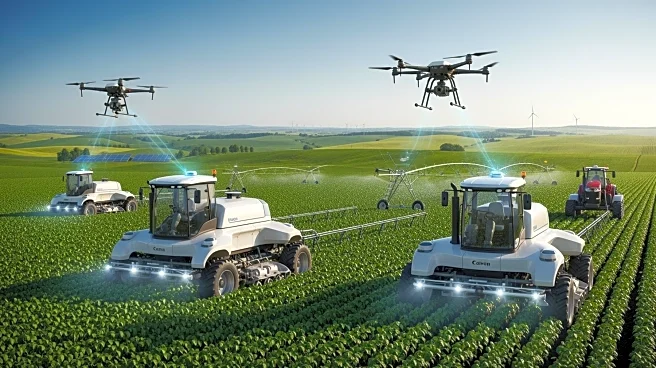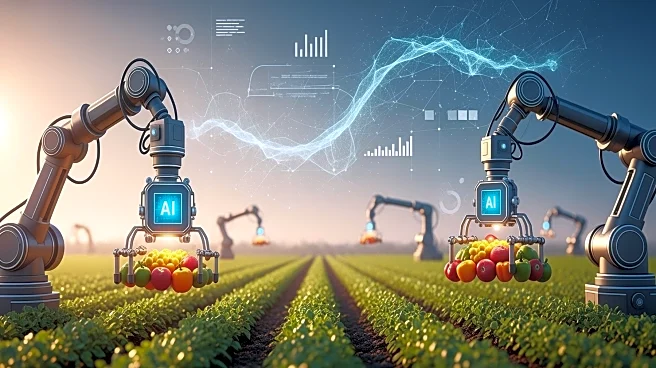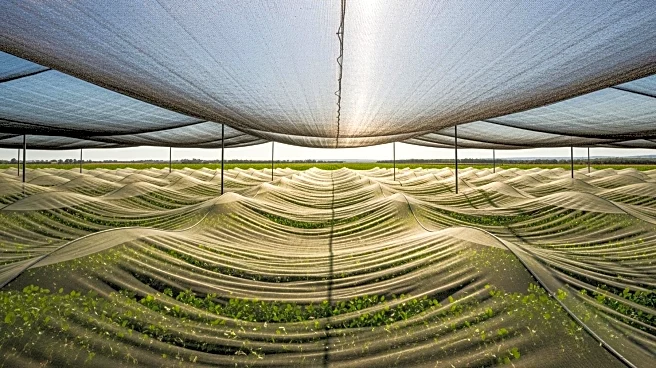What's Happening?
The global Gardening and Agriculture Equipment Market is experiencing significant growth, driven by advancements in technology and a focus on sustainable agricultural practices. Valued at $63.8 billion
in 2025, the market is projected to reach $91.9 billion by 2032, with a compound annual growth rate (CAGR) of 5.4%. Key factors contributing to this expansion include the adoption of precision agriculture technologies, electrification of outdoor power equipment, and increased investments in residential gardening and landscaping. Precision agriculture technologies optimize farming operations, reduce input wastage, and enhance yield quality, while electrification offers eco-friendly and low-emission machinery options. North America leads the market due to high technology adoption and favorable government subsidies, while Asia-Pacific shows rapid growth potential driven by expanding agricultural activities and farm mechanization.
Why It's Important?
The growth of the Gardening and Agriculture Equipment Market is crucial for enhancing productivity and efficiency in farming operations. Precision agriculture technologies and electrification of equipment are pivotal in reducing environmental impact and improving operational efficiency. This trend supports sustainable farming practices and addresses the increasing demand for food production due to rising global populations. The market expansion also reflects broader economic trends, such as urbanization and increased disposable income, which drive demand for residential gardening and landscaping equipment. As major players like John Deere and Husqvarna introduce advanced solutions, the industry is poised for dynamic transformation, offering opportunities for innovation and eco-friendly machinery adoption.
What's Next?
The market is expected to continue its growth trajectory, with emerging economies in Asia-Pacific and Latin America providing untapped potential for mechanized agricultural equipment adoption. The development of smart and automated equipment, including AI-based farm management tools, presents lucrative avenues for innovation. Additionally, growing awareness of sustainable farming practices encourages the adoption of eco-friendly machinery, including electric and hybrid-powered equipment. Partnerships, strategic collaborations, and localized manufacturing can further enhance market penetration and growth, positioning the industry for substantial advancements in the coming years.
Beyond the Headlines
The shift towards precision agriculture and electrification of equipment highlights broader environmental and economic implications. These technologies not only improve efficiency but also contribute to reducing the carbon footprint of farming operations. The market's growth reflects a cultural shift towards sustainable practices and increased consumer awareness of environmental issues. As the industry evolves, it may also influence regulatory frameworks and policies aimed at promoting eco-friendly agricultural practices, potentially leading to long-term shifts in farming methodologies and equipment standards.
